From Io9 via Nature dot com.. Excerpts from both articles:
A single finger bone found in this Siberian cave led to an amazing discovery. Early humans and Neanderthals co-existed with another humanoid species called Denisovans. And many present-day humans carry genes that prove our ancestors had children with Denisovans, too.(Io9)
The ice-age world is starting to look cosmopolitan. While Neanderthals held sway in Europe and modern humans were beginning to populate the globe, another ancient human relative lived in Asia, according to a genome sequence recovered from a finger bone in a cave in southern Siberia. A comparative analysis of the genome with those of modern humans suggests that a trace of this poorly understood strand of hominin lineage survives today, but only in the genes of some Papuans and Pacific islanders.
Named after the cave that yielded the 30,000–50,000-year-old bone, the Denisova nuclear genome follows publication of the same individual's mitochondrial genome in March1. From that sequence, Svante Pääbo of the Max Planck Institute for Evolutionary Anthropology in Leipzig, Germany, and his colleagues could tell little, except that the individual, now known to be female, was part of a population long diverged from humans and Neanderthals.(Nature)
The picture of early human life that emerges is a lot messier than what we believed even just twenty years ago, when many anthropologists believed humans diverged from Neanderthals and the two species never interbred again. Now it seems that humans had many cousin species - at least two that we know of - and that we separated from them only to rejoin them later, forming families and creating lineages that persist to the present day. (Io9)
When the ancient genome was compared to a spectrum of modern human populations, a striking relationship emerged. Unlike most groups, Melanesians — inhabitants of Papua New Guinea and islands northeast of Australia — seem to have inherited as much as one-twentieth of their DNA from Denisovan roots. This suggests that after the ancestors of today's Papuans split from other human populations and migrated east, they interbred with Denisovans, but precisely when, where and to what extent is unclear. (Nature)
Regardless of whether the Denisovans were another species, or just distant cousins, they are proof that humans have not always been alone among the primates. Within the last 50 thousand years, we shared the planet with other intelligent hominids who weren't quite human.
If we want to know what humanity might look like 50 thousand years from now, after we've colonized space and spent millennia evolving in dramatically different environments, we should look back to the Denisovans' humble cave in Siberia. There, three very different types of human beings met after a long time apart. And formed a community together. (Io9)
Isn't this exciting? The major discoveries in so many areas of our world, our life, are happening so quickly now, that it's hard to add each new finding into our canon of knowledge and fit it properly into a more accurate local cosmology. The level of informational noise distracts away from these bombshells, and with the worldwide explosion of information(both accurate and inaccurate), it will take awhile for the impacts of this period to be understood in proper context.
And that also poses another question: Will we ever be able to fully understand the implications of this quantitative hyperleap of data, or is society too specialized or too stupid or too close-minded to care? Also: Will the pace ever slow down?
In case you're interested, here are pictures of present day Denisovans, the Melanesians.. I can't believe more models aren't Melanesian.. Oh, that look..!
Got a spare 60 mill? Don't mind living in Florida? [Interesting]
-
[image: Interesting] [link] [9 comments]
1 hour ago










































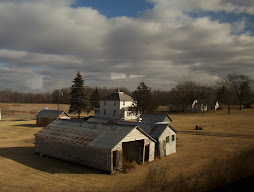


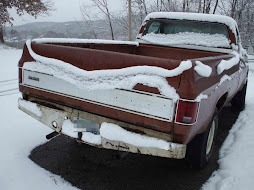

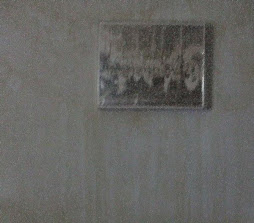



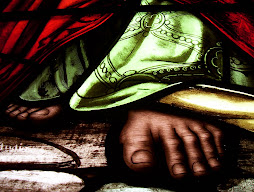

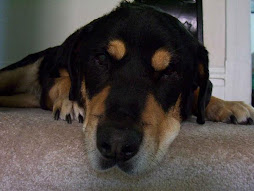

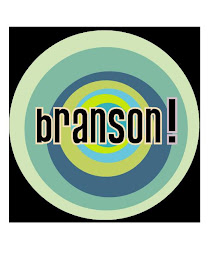





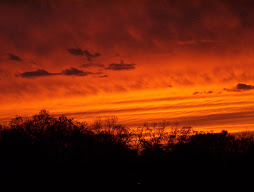
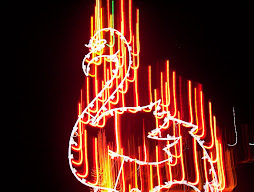




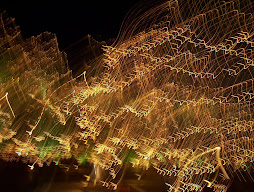

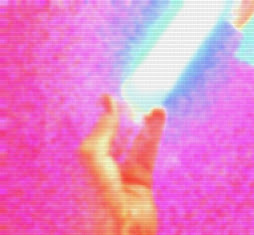



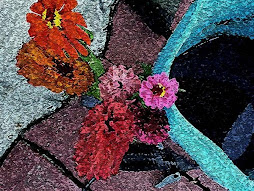
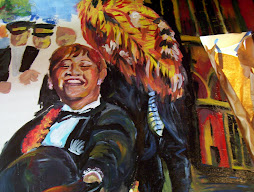

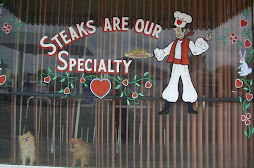


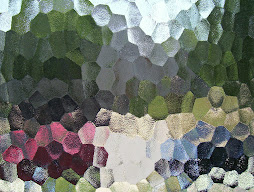
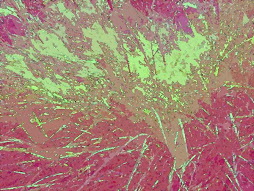
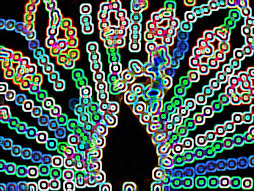









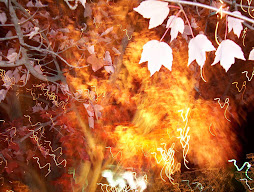

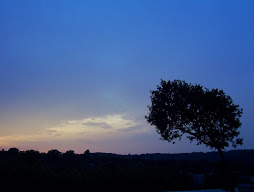
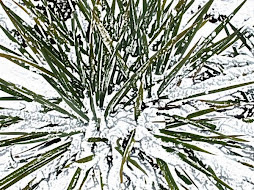






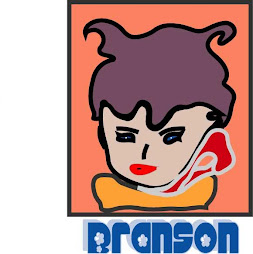
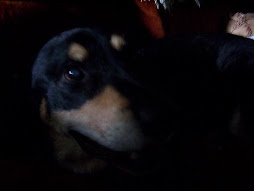


No comments:
Post a Comment